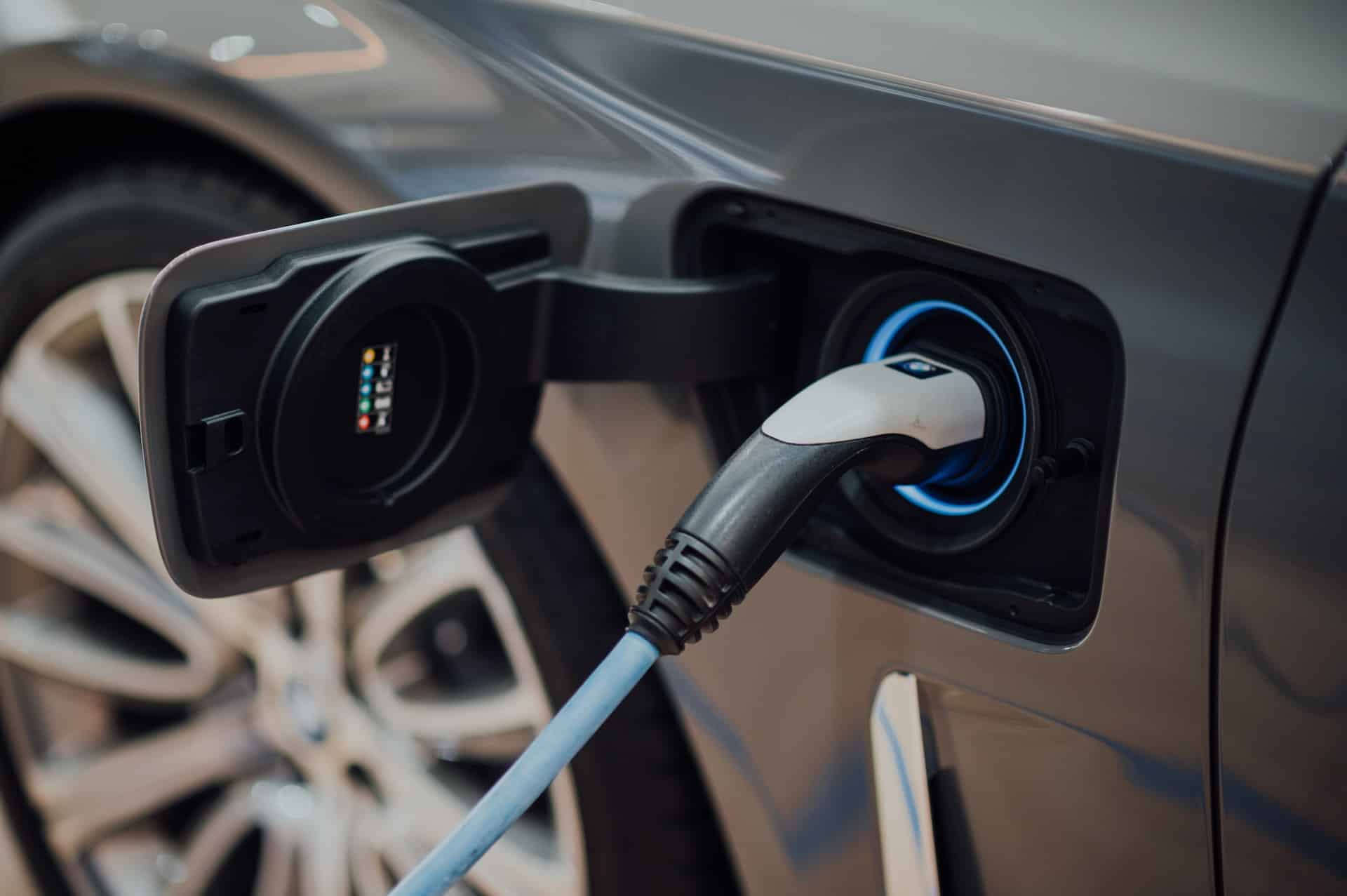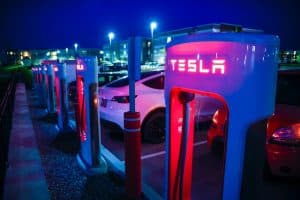Electric Vehicle Fire Accidents: Navigating Safety, Prevention, and Legal Support

- 1. Safety measures that may help you prevent or survive an EV fire
- 2. Unique challenges posed by ICE, electric and hybrid vehicle fires
- 3. Legal help for electric vehicle fire victims
- 4. Physical injuries that victims of New York City electric car fires may suffer
- 5. More car buyers may want to wait a bit longer before buying an EV
Fortunately, electric vehicle fires are far less common than those often seen on major freeways when gas-powered trucks and passenger cars collide and suddenly ignite. However, a single electric vehicle (EV) fire can prove so dangerous that it can require extensive fire department time and resources to fully extinguish it. Savvy car buyers should keep evaluating new EV technologies before purchasing one and possibly suffering catastrophic or fatal injuries.
Anyone seriously harmed due to one of these fires deserves the help of a fully competent electrical vehicle accident lawyer who will be gathering evidence and documenting the incident.
Here’s additional information about safety precautions for EV drivers, the need for immediate medical treatment after suffering EV fire injuries, and important steps to take right after an EV fire occurs. Other material is also shared about the common causes of these types of fires (tied to the specific batteries installed), as well as the current challenges faced by Tesla and other EV manufacturers.
Contact our team at (212) 222-1111 for your free case evaluation.
Safety measures that may help you prevent or survive an EV fire
Like most new vehicles, all EVs come with owners’ manuals that provide special safety measures that should be followed to minimize fires and all other malfunctions. Fortunately, EV dashboards usually provide detailed information that can help alert drivers to current system dysfunctions. These “interactive visual tools” provide a snapshot of the overall health of the vehicle’s charging system – along with other crucial details like those listed below.
- The vehicle’s current charging status
- Data about current energy usage
- Recent functional history – indicating the presence or lack of power efficiency
- High voltage measurements revealing the power flow
- Current, accurate assessments of driving range – based on electrical load, road conditions, driver skills and practices, and relevant temperatures
If not provided with one, cautious drivers should consider buying an app that monitors how well a specific EV battery is functioning – and then sends out a detailed monthly report.
Vehicle experts also suggest that EV drivers observe the following, added safety measures to minimize the chances of any fire or other dangerous malfunctions.
- Make sure you only charge your EV in a well-ventilated area – preferably in the shade.
- Let your battery completely cool off before trying to charge it
- Each week, check the battery coolant level and add more as needed
- Regularly have your EV batteries checked to be sure they’re not becoming corroded or leaking in any manner
- Never charge an EV when it’s raining. And ask your EV dealership what the best outdoor weather conditions and temperatures are for charging.
- Unless your owner’s manual states otherwise, stop charging your EV at 80 percent.
- Avoid using any damaged or cracked charging cord plugs
- Carry a fire extinguisher in your car. These cannot currently put out all the flames – but
they can often provide you with a few added seconds to extract yourself from the vehicle. You should then run as fast as you can — at least 50 feet away from the EV — because it may soon explode. However, no one should ever assume any personal EV fire extinguisher can fully save lives.
- Keep a medium-sized auto tool in your EV to help you break out a window and cut through your safety belt if you’ve become penned in your car. While more aggressive – and possibly far more efficient tools for drivers are under development – only buy and use those approved and recommended by your EV’s manufacturer.
Finally, never try to store a recently fire-damaged electric vehicle on any normal residential — or business property. It’s now common knowledge that in June of 2002, a Sacramento, California EV (that had recently caught on fire) suddenly re-ignited a full three weeks later – after it had been sitting in a junkyard. The vehicle was a Tesla Model 6. All EVs must keep improving all their various safety records before they’re considered “safe” purchases for many motorists.
Unique challenges posed by ICE, electric and hybrid vehicle fires

As for electric vehicles, it’s not unusual for fire departments to be forced to spend many hours spraying between 3,000 to even 10,000 gallons of water to put out an EV fire. It should be noted that EV fires often follow vehicle impacts that cause interior wiring and cables to short circuit.
Another likely cause of EV fires is what’s called “thermal runaway.” UL Research Laboratories refers to this as an event that happens when the “lithium-ion cell enters an uncontrollable, self-heating state.”
ICE or internal combustion engine vehicle fires are most often caused by poorly managed fuel leaks, high-speed collisions, improper truck safety storage of volatile substances and chemicals, and substandard car or truck maintenance that involves wiring problems.
Legal help for electric vehicle fire victims
While liability and responsibility in electric vehicle fire accidents is sometimes obvious, most cases require the legal help of a New York City personal injury attorney with uniquely strong investigative and research skills. Understanding how the lithium-ion batteries present in most all-electric vehicles and plug-in hybrids function plays an important role in documenting what caused a specific electric car fire to occur — and who must be held liable.
In many cases, the EV battery manufacturer is sued for liability for defects present in the design and manufacture of the vehicle. However, as all EV batteries become better developed, your lawyer must be prepared to refute any argument that you failed to properly maintain your battery as directed.
Our Bronx electric car fire accident attorneys stay on top of the latest technologies involving new or improved EV battery developments. For example, in mid-2023, Reuters published a new article on the growing preference for using lithium iron phosphate (LFP) batteries in electric vehicles to both lower their purchase price – and hopefully, their fire risk. Government sources also point to the role that “saltwater flooding” may be playing in many electric vehicle fires. This unique problem was observed in Florida in 2022 during the events surrounding Hurricane Ian.
Contact our team at (212) 222-1111 for your free case evaluation.
Of course, given the complexity of electric (and hybrid) car design and manufacturing, our lawyers are always prepared to seek out the knowledge and testimony of electric car experts on your behalf as we seek to settle your case or take it to trial.
Physical injuries that victims of New York City electric car fires may suffer
- Moderate to severe breathing injuries can be sustained. Highly toxic smoke is often immediately released into the surrounding air during every car fire. EVs containing either lithium-ion or lithium phosphate batteries release their own uniquely dangerous types of fumes. Electric vehicle collision victims – as well as firefighters, can face very serious lung damage after these events.
- Severe cuts, lacerations, and fractured bones are also common in some EV fire accidents. These are most likely to occur when EV drivers and passengers are trapped inside their cars and must be extracted by specially trained, emergency first responders.
No one should ever go straight home after one of these car fire accidents. Since all people are in some state of shock after a vehicle accident, they must realize that hidden internal organ damage, as well as common whiplash and other injuries often don’t appear for many days or even weeks after all vehicle accidents.
Also, being thoroughly checked out by hospital emergency room personnel helps clients fully document the extent of their injuries for treatment purposes and to establish all the harm they’ve suffered while we aggressively seek to settle their cases.
More car buyers may want to wait a bit longer before buying an EV
As one knowledgeable vehicle expert has noted, EV battery technology really does still exist “in its infancy.” Both electric and hybrid vehicle technologies must develop far more crucial advancements before these vehicles will become fully desirable, safe, and affordable for the general public. This remains true, despite the generous EV government tax credit that can run as high as $7,500.
In fact, given the ongoing number of serious EV accident fires featured in the news, most middle- and lower-income Americans may want to wait a few years longer before joining the unlucky few who fully understand the painful aftermath of an EV fire accident. As a Boston Globe headline notes, these accidents may be rare — but the days after being in one can become “a nightmare.”
If you have suffered serious injuries after an accident caused by someone else’s negligence, you need to contact our New York City electric vehicle accident law firm. We will carefully investigate all the facts of your case, review all your medical records, and then fight hard to win the maximum compensation available to you. We want every client to fully recover for all lost wages, pain and suffering, medical expenses, and other losses.
Contact our team at (212) 222-1111 for your free case evaluation.





